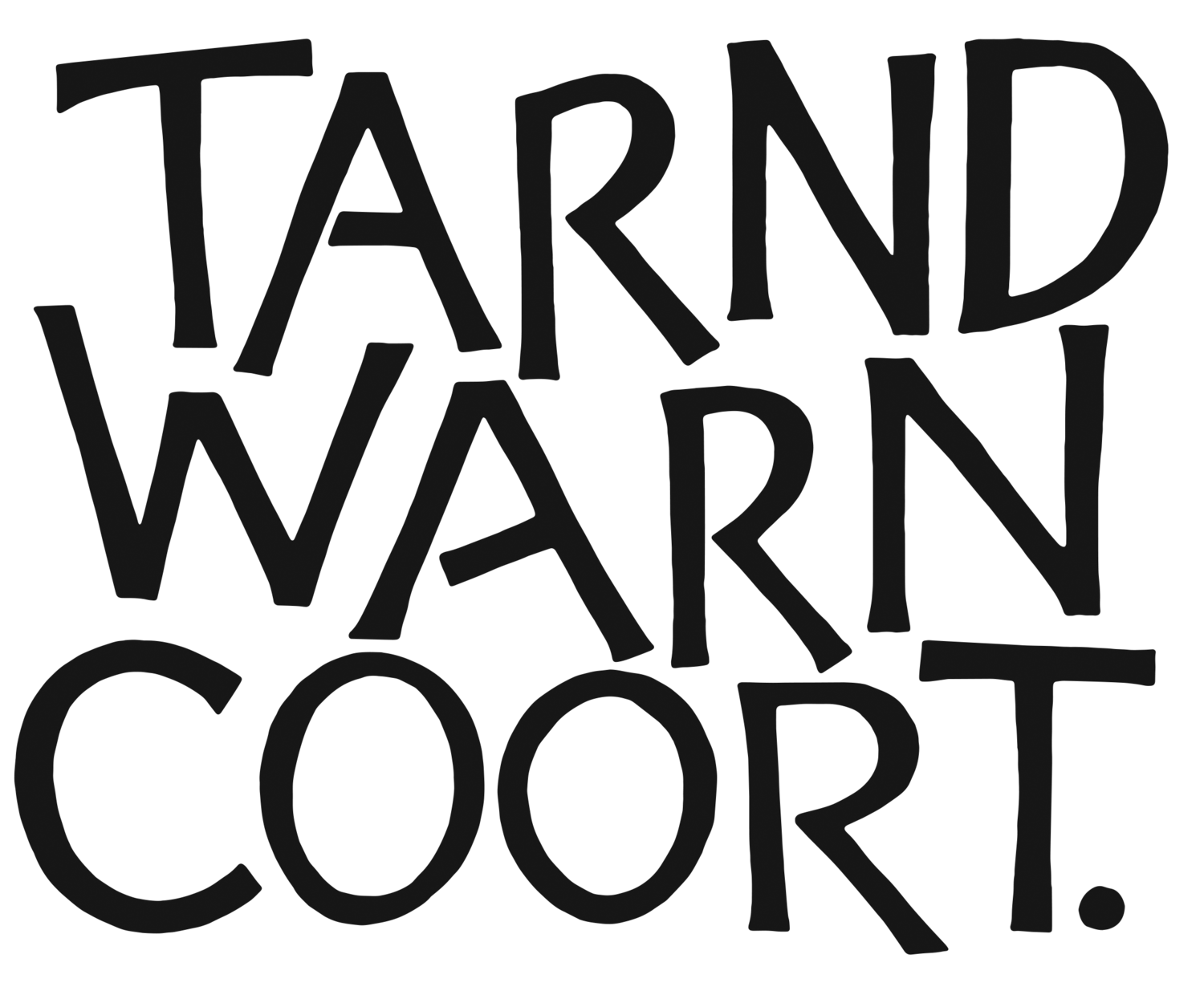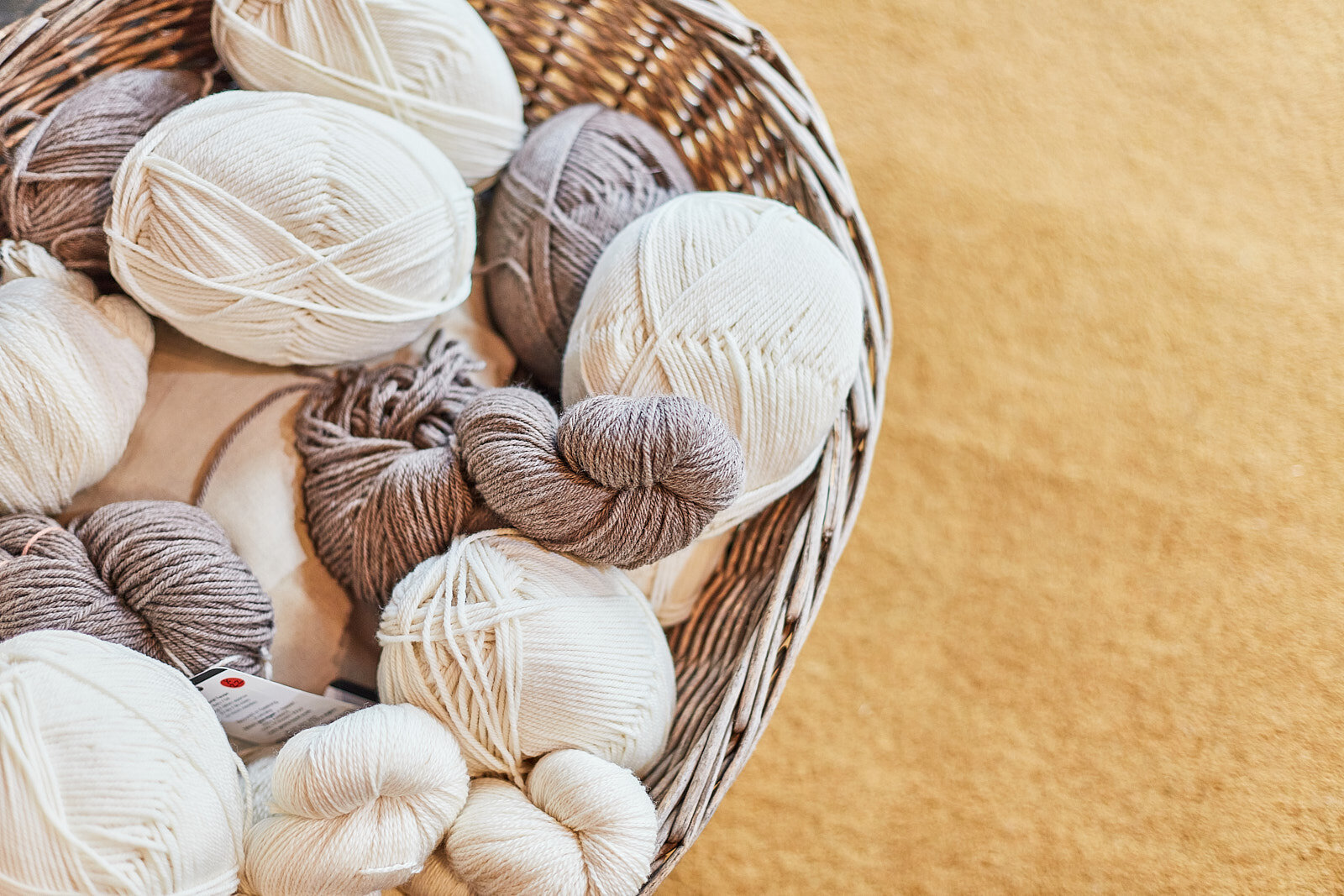
Polwarth Wool
Our Farmgate Woolshop sells processed yarns and tops made from wool off the very sheep on the farm.
The Polwarth County of south west Victoria was typified by grassy plains, lakes, creeks and swamps as well as ancient volcanic soils. These natural attributes when matched with the graziers resolve to continually improve their farms and sheep, provided the impetus to breed a type of sheep to suit this environment. The Polwarth Sheep was the result.
Polwarth Sheep are naturally white, at Tarndie, we have a specialised flock of black and coloured sheep. Today the members of the first, original flock still grow at Tarndwarncoort, and their wool is treasured by crafters all over the world.
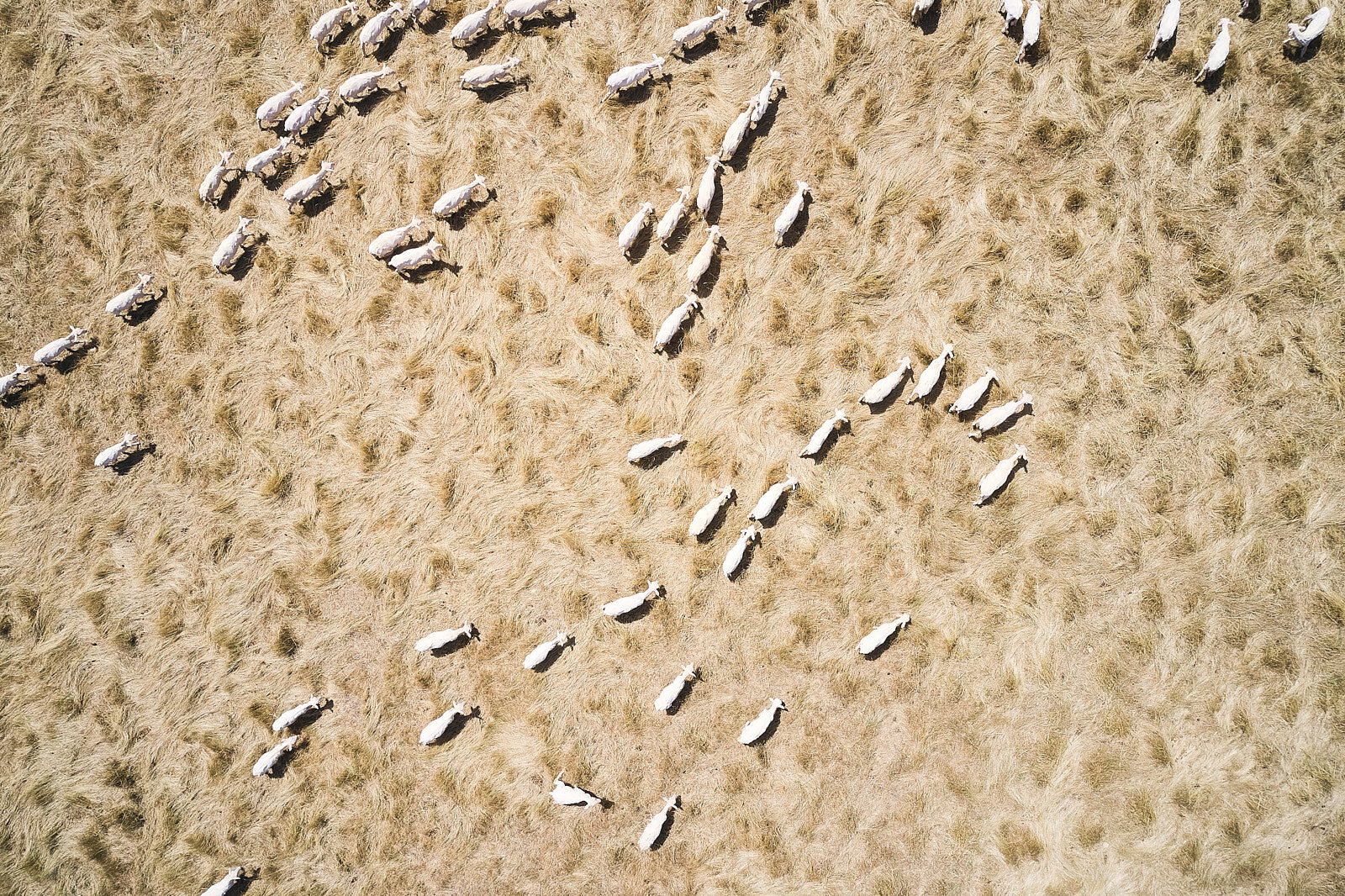
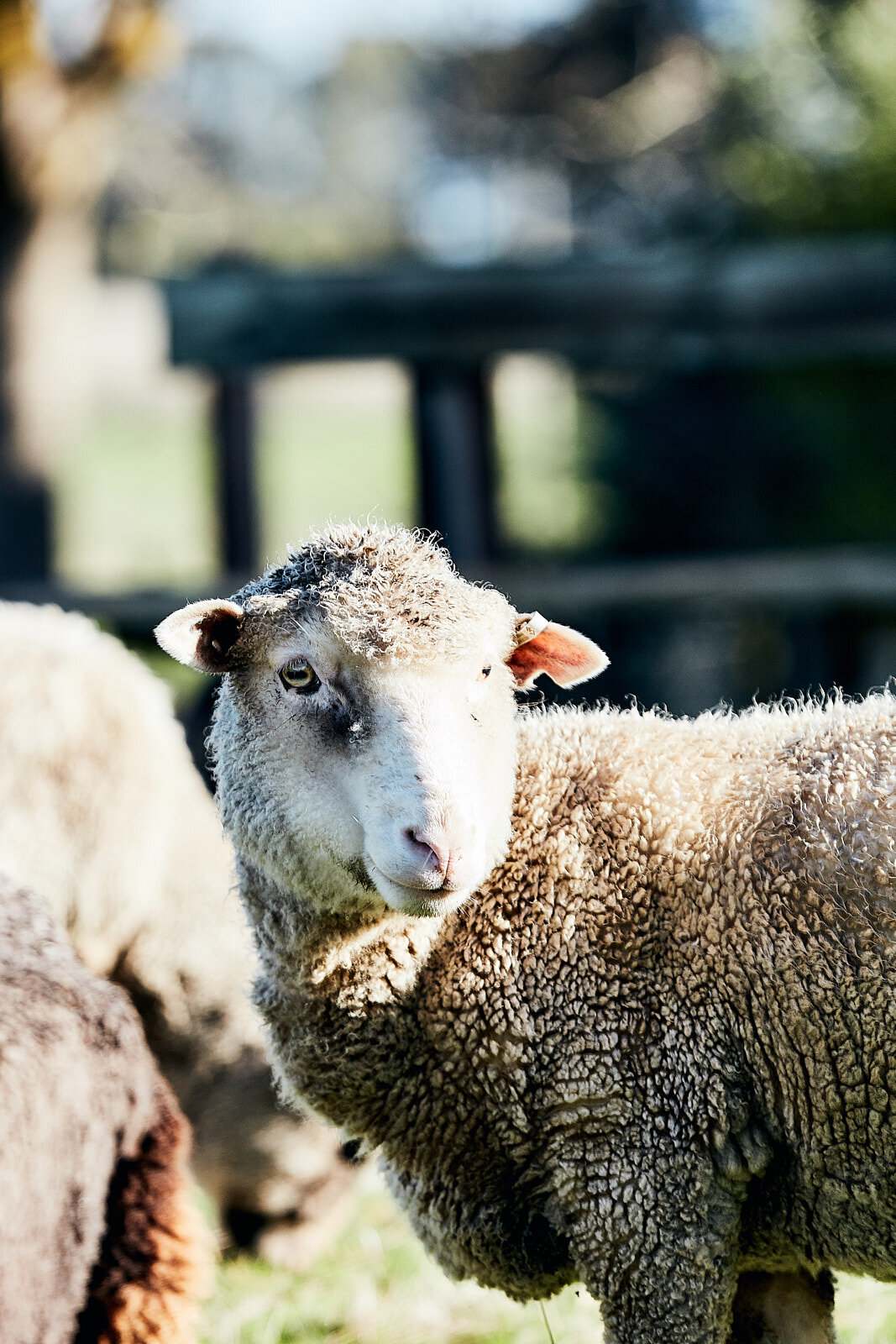
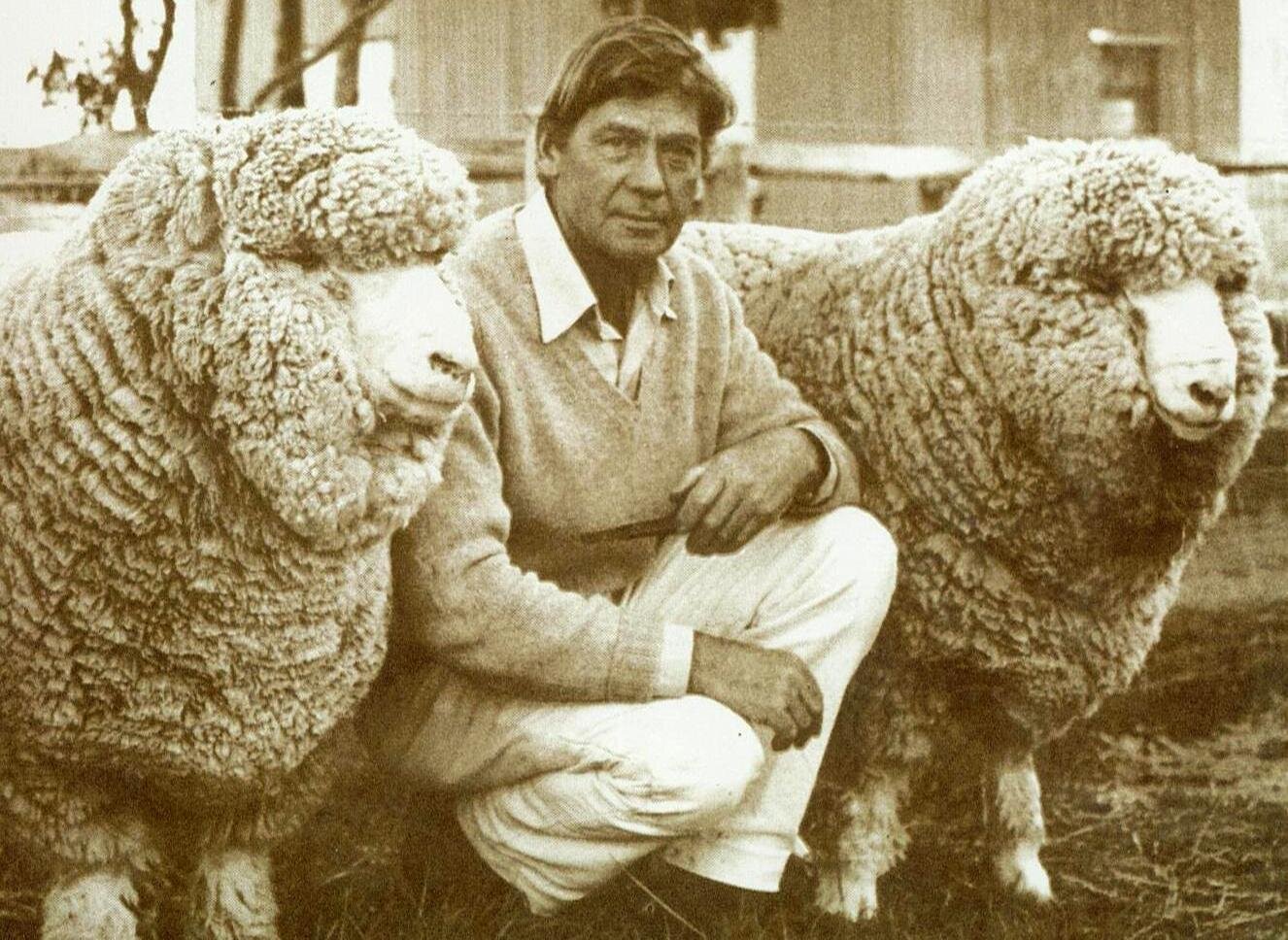


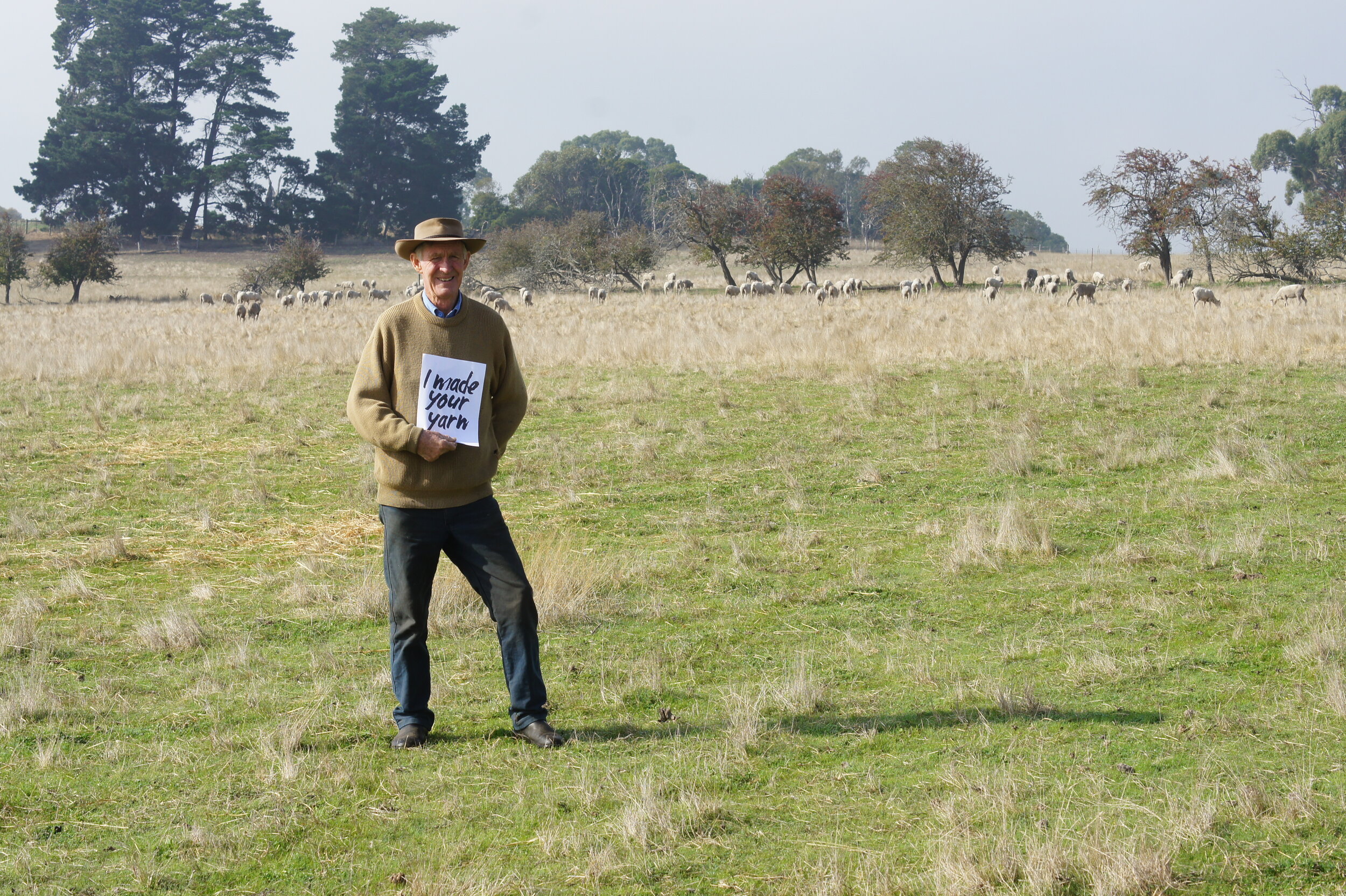
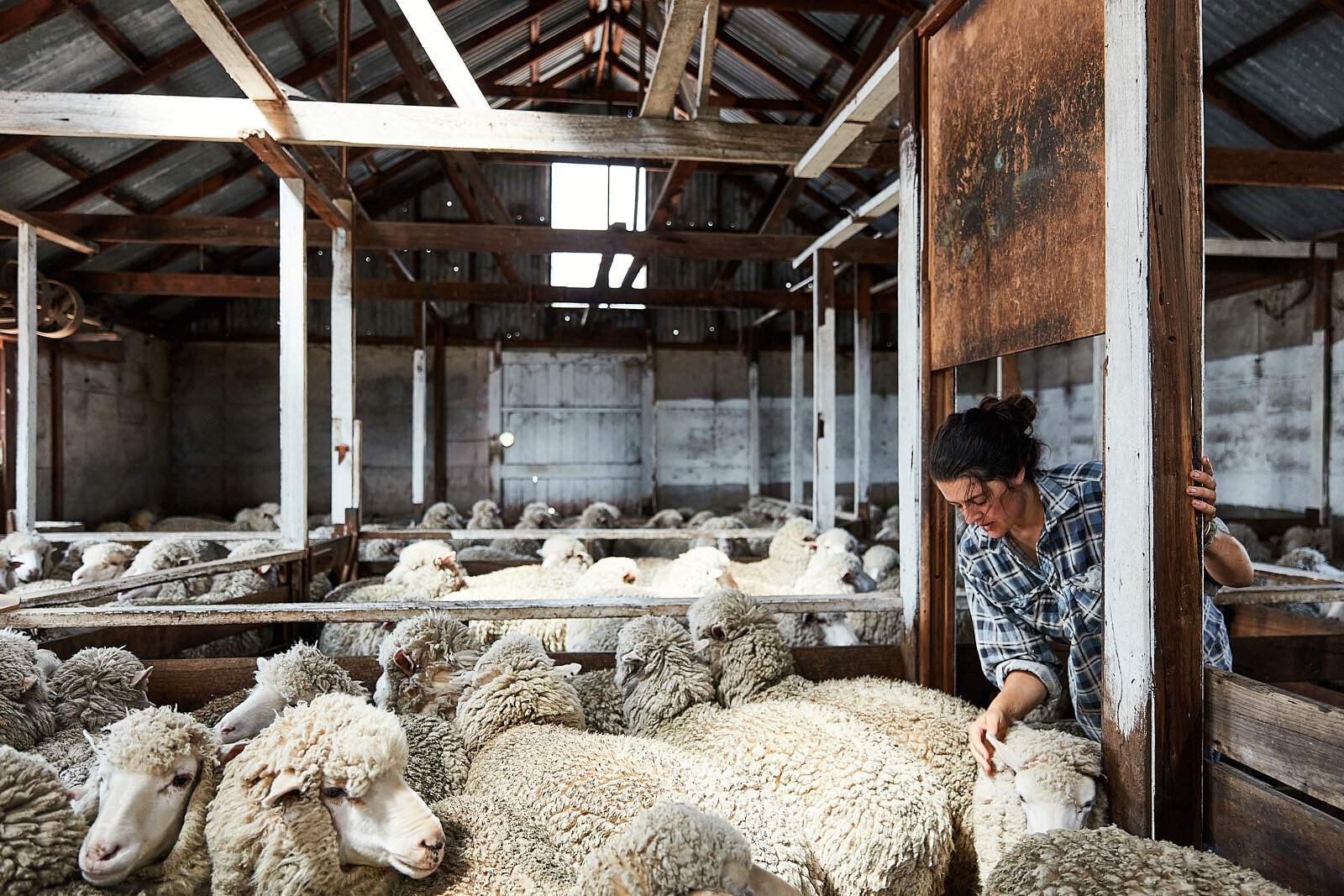
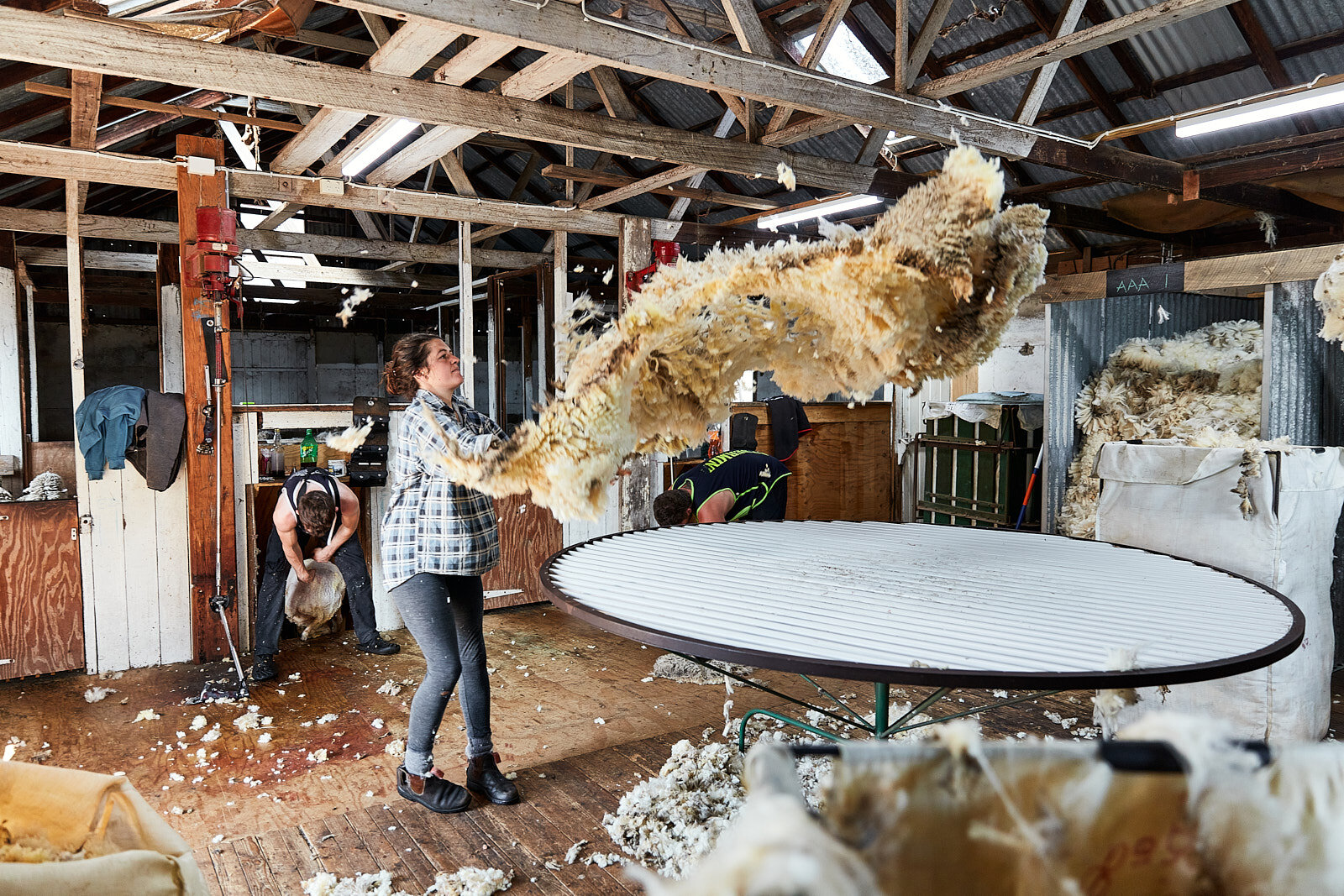
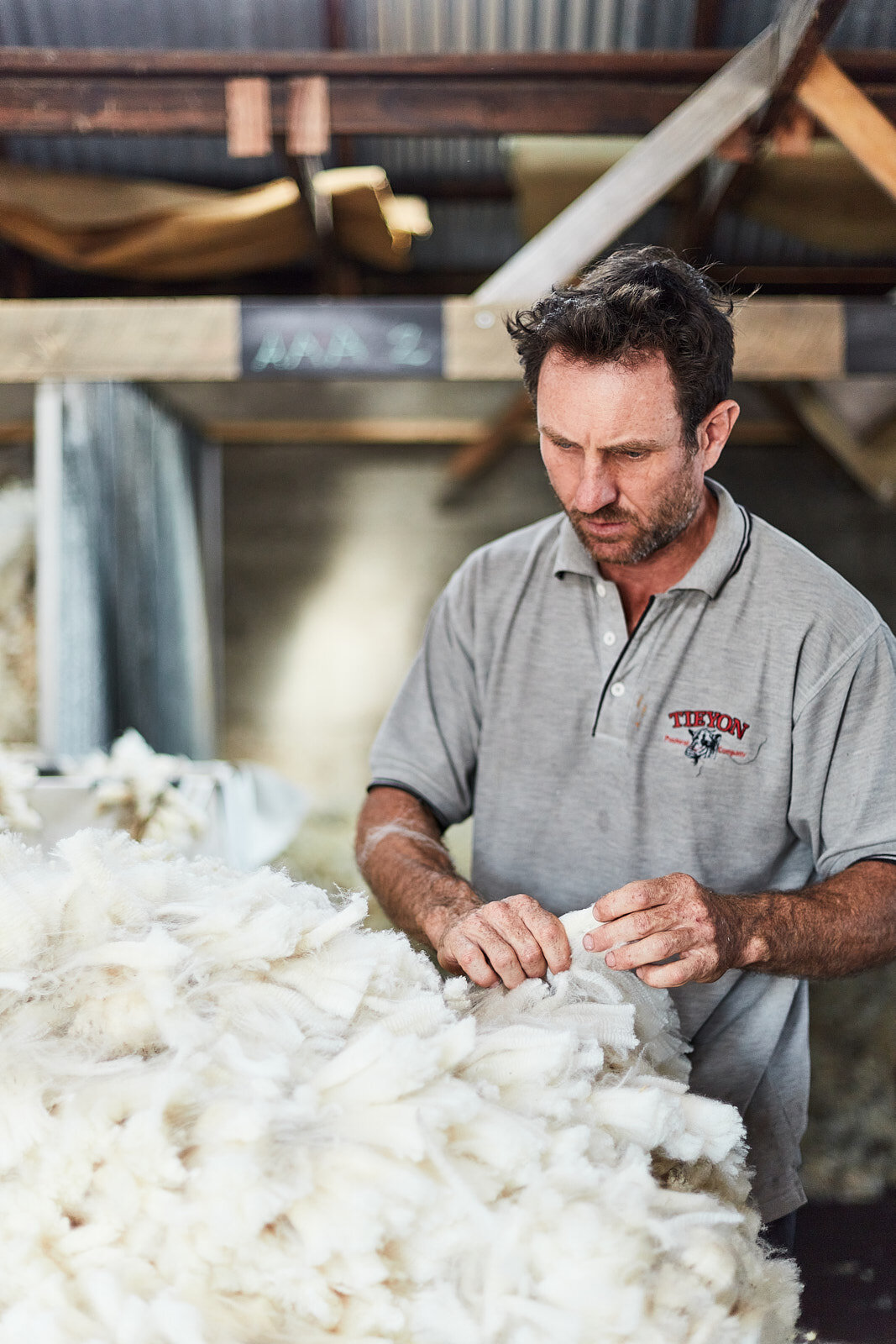
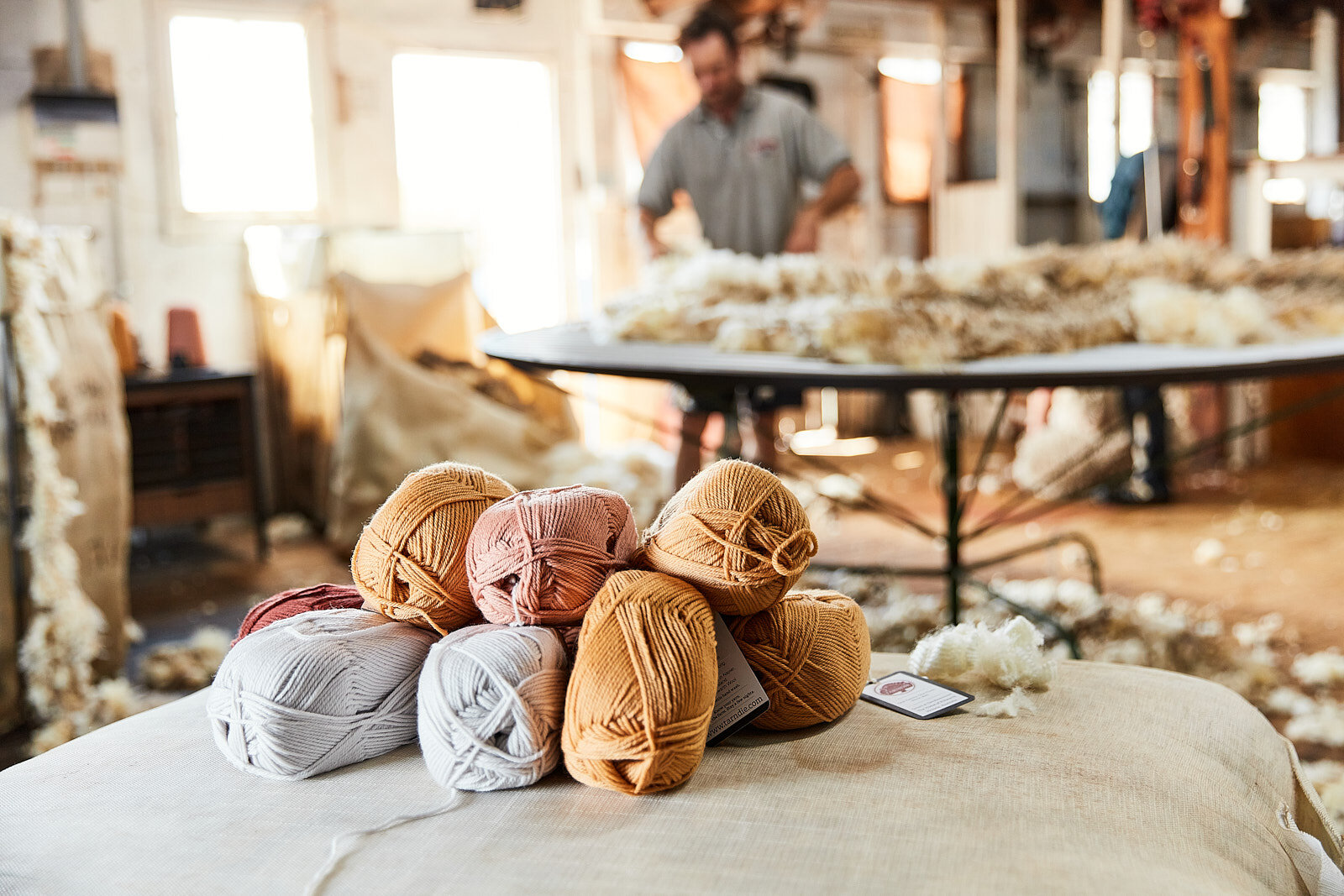

Polwarth Sheep.
The Dennis family business was based on sheep from the very outset. By 1840, Australia’s reputation as a good place to grow wool had started, and Merinos were the sheep of choice. However, the much wetter climate of the Otway Ranges didn’t suit the Merino and the Dennis family decided to fix the poor quality wool they were getting by developing a new breed of sheep, one that could withstand the local environment.
By 1880 they had perfected it and named it Polwarth, after the County it was from. This was Australia’s first sheep, bred to suit it’s environment and is now found in similar climates around the world.
Polwarth Wool.
Polwarths were bred in southwestern Victoria in the late 1800s by combining the best of Merino wool qualities with the hardy endurance of the Lincoln. In the high rainfall district of their home in Tarndwarncoort between Lorne and Colac, this means the wool has a high resistance to wool rot, is long-stapled, soft-handling and high yielding. It has a dense and even fleece that is bright and high yielding.
What this translates into for spinners and crafters is a wool that is sturdy while still luxuriously soft and even. When knitted up the yarn drapes beautifully and wears well. It is adaptable being suited to everything from fine open weave shawls, throws and baby items and to thick felted sock and huggingly warm beanies scarves mittens and jumpers.
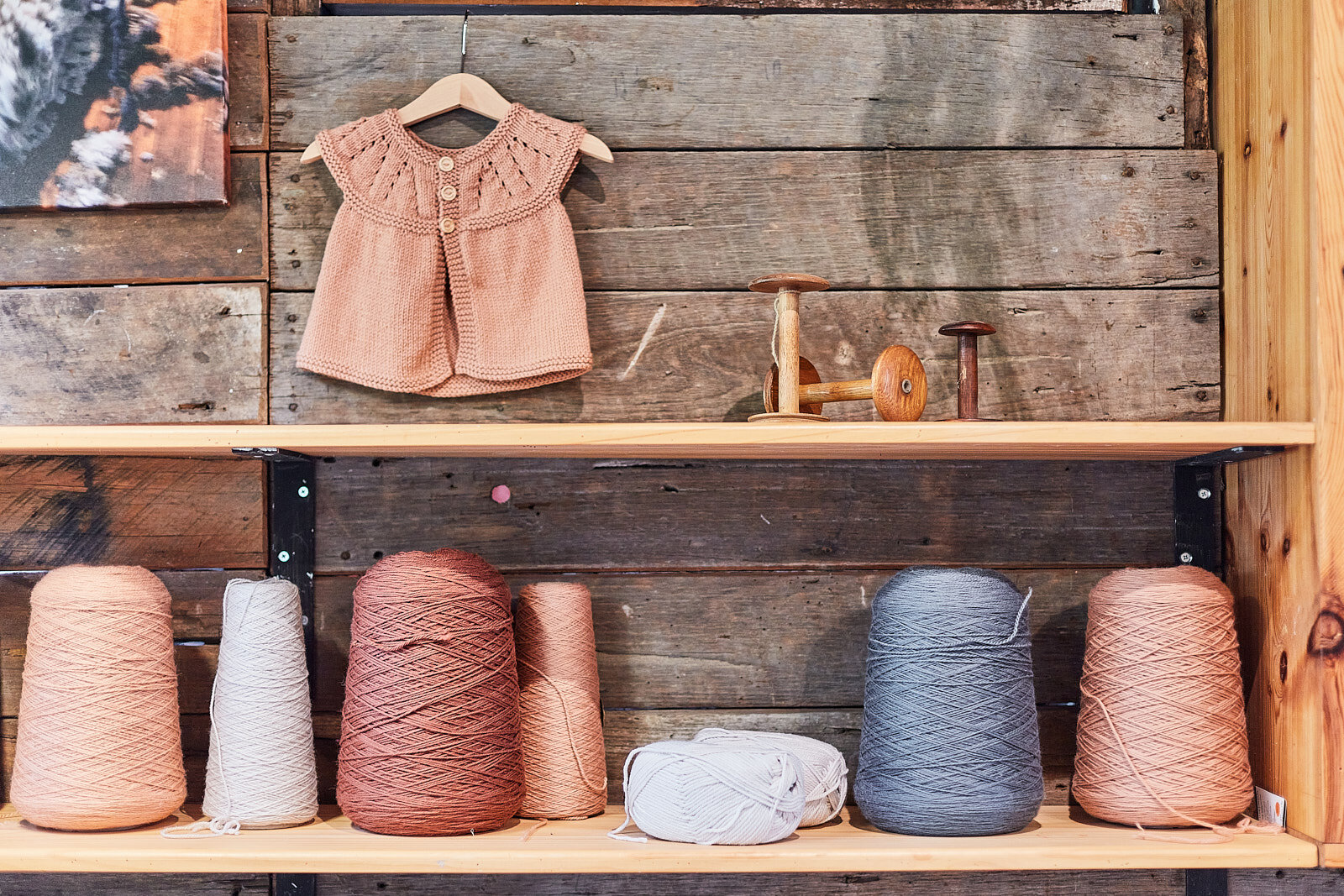
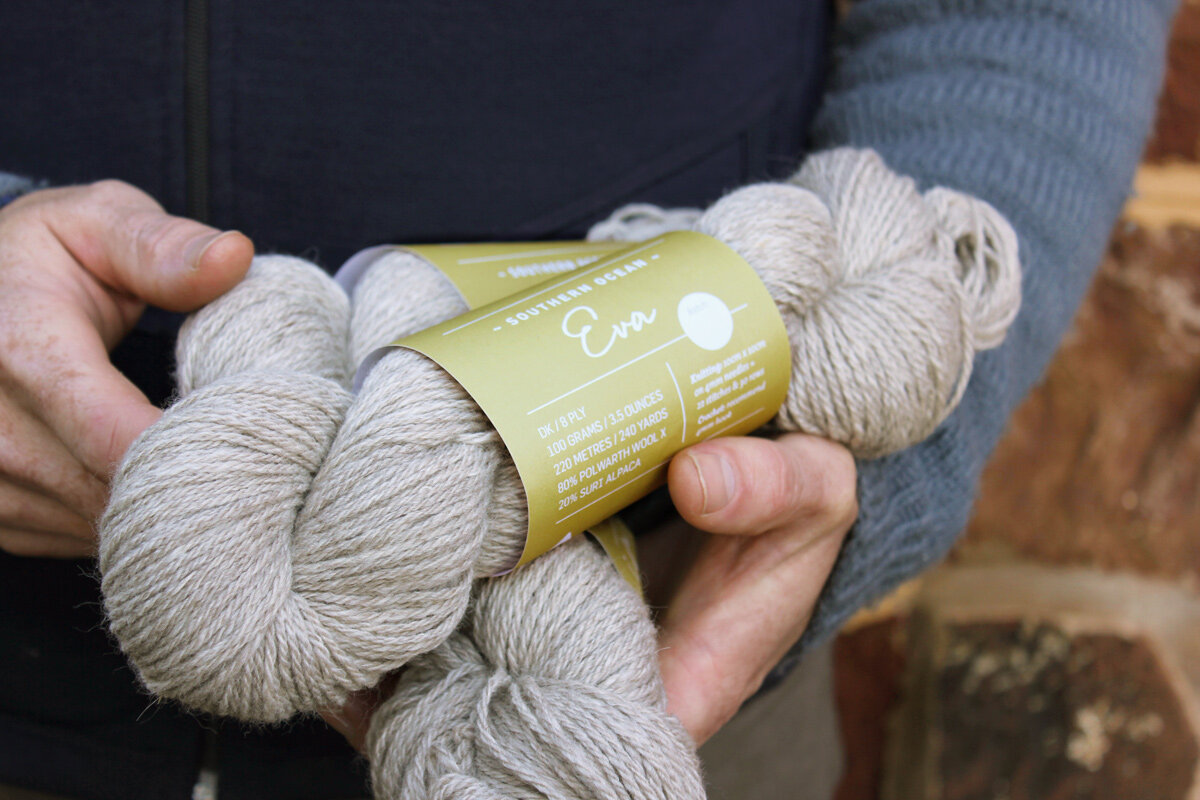
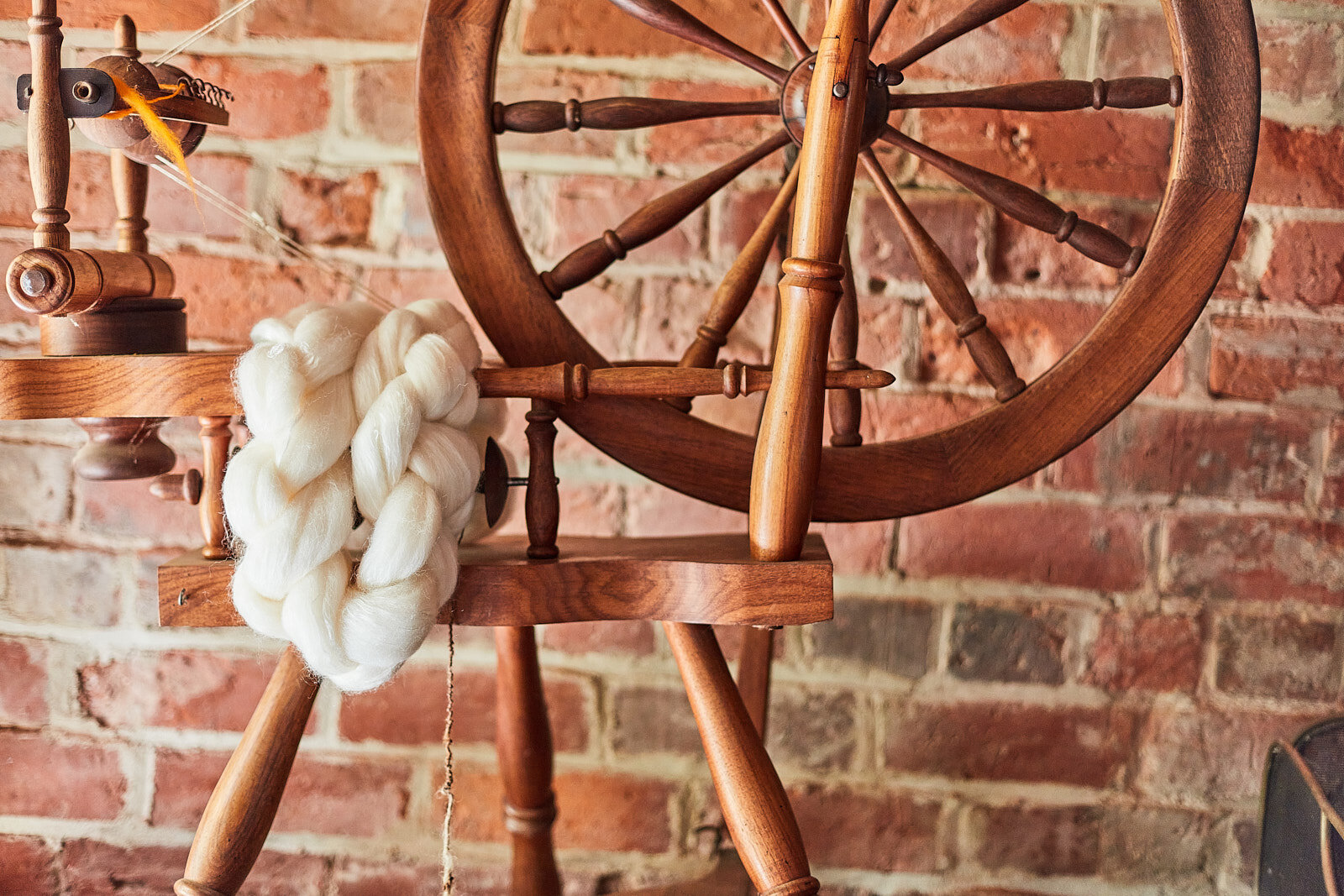
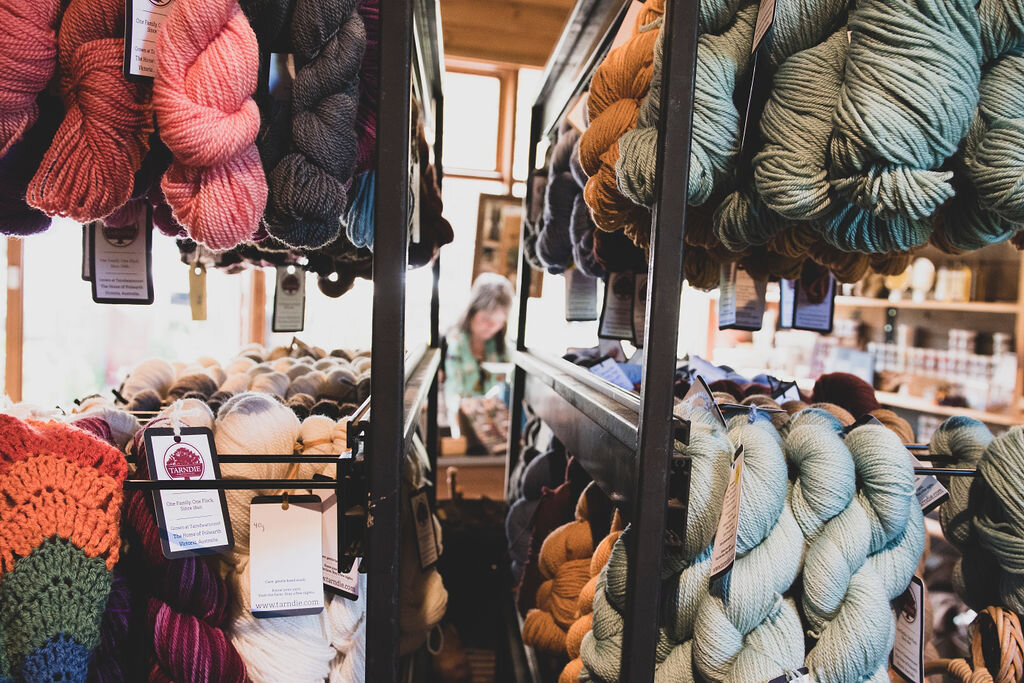
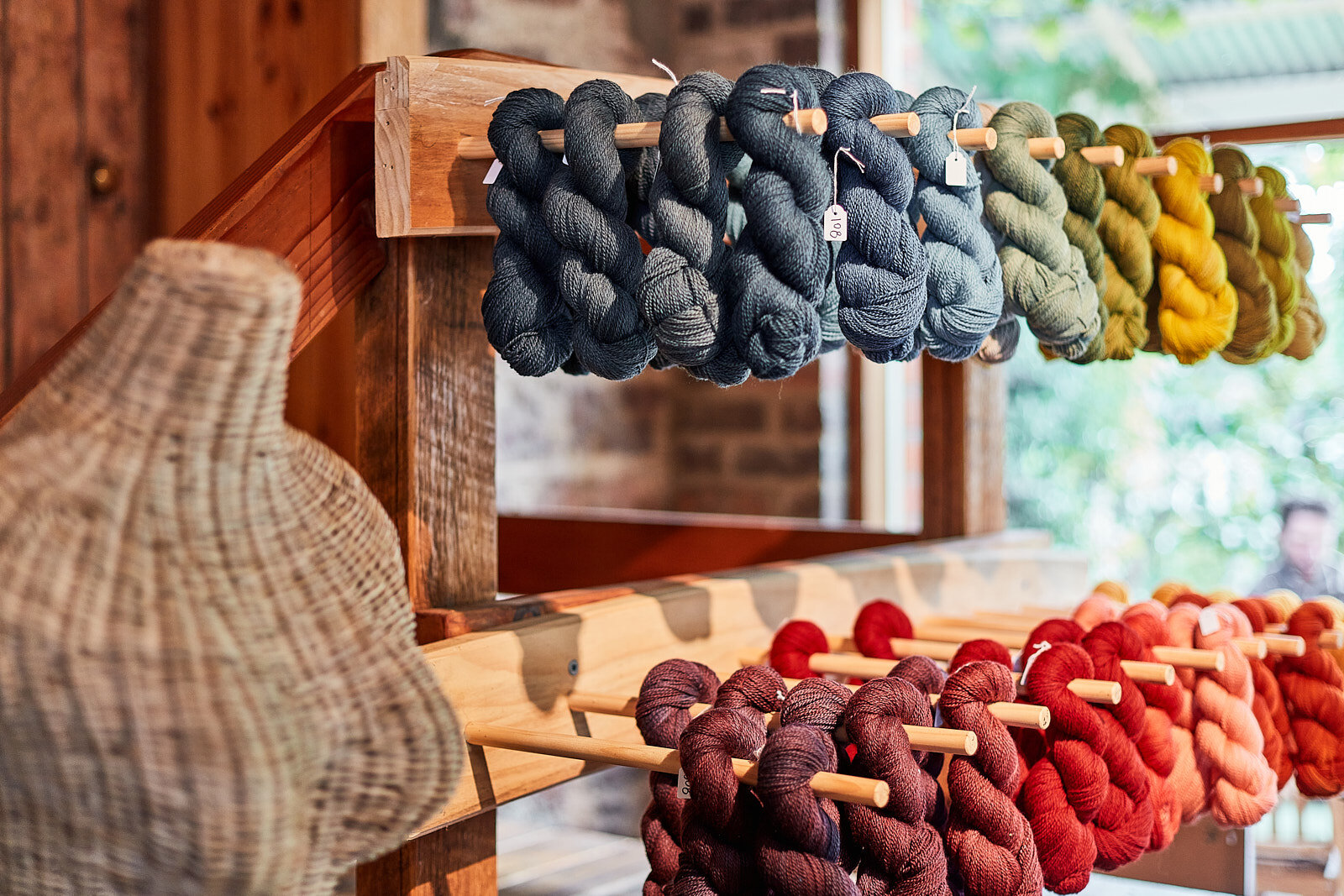
From grass to garment.
Tarndie Polwarth Wool is grown and created by people and businesses who are good at what they do and uphold standards in the workplace and for the environment while maintaining a sustainable business model to ensure they are able to keep processing our wool into the future.
In the first instance, Al Dennis and Jemma Lewis grow the wool at Moorpark Farm (which was once part of the Tarndwarncoort run). The sheep are direct descendants of the original flock of Polwarths bred in the 1880s. The sheep graze in an organised pasture system whereby they regularly have fresh pasture and soil underhoof within a moveable fence. This holistic farming method allows the soil to recover over a longer period which better supports growth of healthy pastures.
Tarndie also uses a small amount of prize winning Polwarth wool from the Potter family in the Otways nearby - Fairview Polwarths.
The wool travels 70km up the road to Geelong for scouring which removes the lanolin, grease and any vegetable matter. The wool industry helped build Geelong over 150 years with grand buildings, vast warehouses and busy processing facilities as the wool that came through the city grew an admirable reputation. We’re proud of our continued links to Geelong Wool.
Since 2011, Tarndie has been working with a mill in Napier, New Zealand to develop our natural and Origins range of yarns. Their retail store Skeinz is a treasure trove of yarns our Kiwi cousins and visitors to New Zealand should look up.
For a splash of colour, we offer commercially dyed yarn in 8 colours in the Origins range, as well as hand-dyed yarn made in the Homestead Dye Studio using chemical and natural dyes. Tarndie now has a small dyers garden to draw natural dye matter from including eucalyptus cinerea, Japanese indigo, madder and oak.
We encourage use and re-use of wool. As a natural material, wool has an advantageous quality of being biodegrable and renewable. It can easily fit into a circular use system as well – the perfect Tarndie Powlarth Wool garment is used, mended, used and reworked and above all, valued for all the energy that has gone into it.
Polwarth Fibre Facts
Fleece weight: 3.0 - 5.5 kg yield of about 75% - very high for wool this fine
Staple length: 7.5 - 16 cm mostly 9 - 13 cm
Fibre diameter: 20-26 microns (spinning counts 58s-64s) mostly in the 22-24 micron range (spinning counts 58s-62s)
Lock characteristics: dense rectangular staples with flat or very slightly pointed tips and well-defines crimp. The crimp may be taut or slightly more open.
Black and Coloured Sheep
In the 1970s the sixth generation of the Dennis family, Dave and Wendy, began to experiment with breeding black Polwarth ewes over black Polwarth rams to produce natural colours. These range from an almost black through to rich velvet brown to creamy taupe, silver grey alongside the traditional creamy white. These were much in demand at the time for hand-spinners and have remained so over the past 40 years. All colours take up dyes easily and evenly. The natural colours can be over-dyed to produce heather shades and all the way along the spectrum to indigo cobalt and earthy slate.
Handspinning
Polwarth is ideal for beginning spinners as its long thick staple and well-defined of 4 crimps per cm crimp make it easy to work with. It can translate into a very fine or chunky yarn, so experienced spinner love experimenting with combining and creating threads to produce artisan skeins. It is available as raw wool or unspun tops in natural colours, or dyed with a brilliant range of Landscape dyes.
